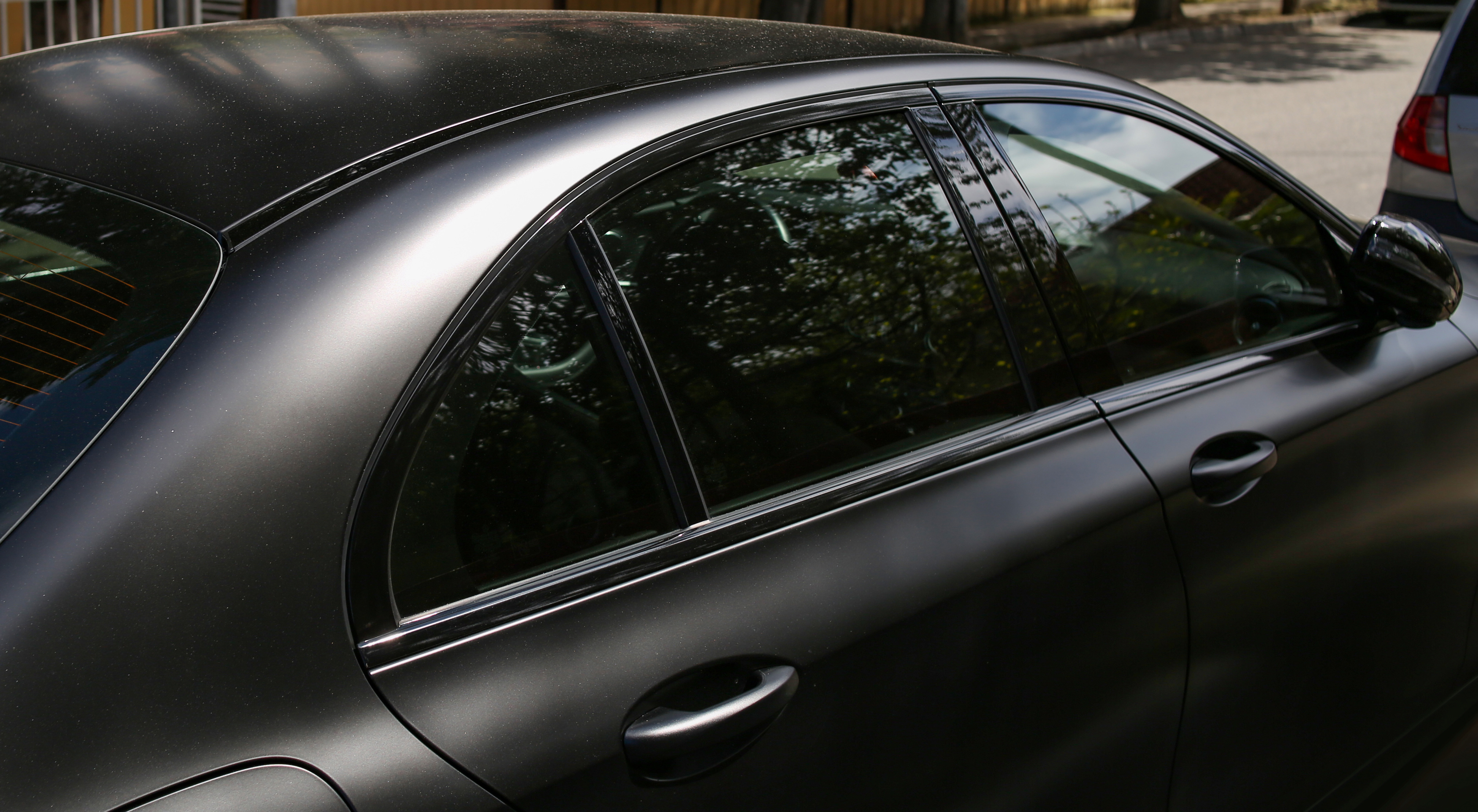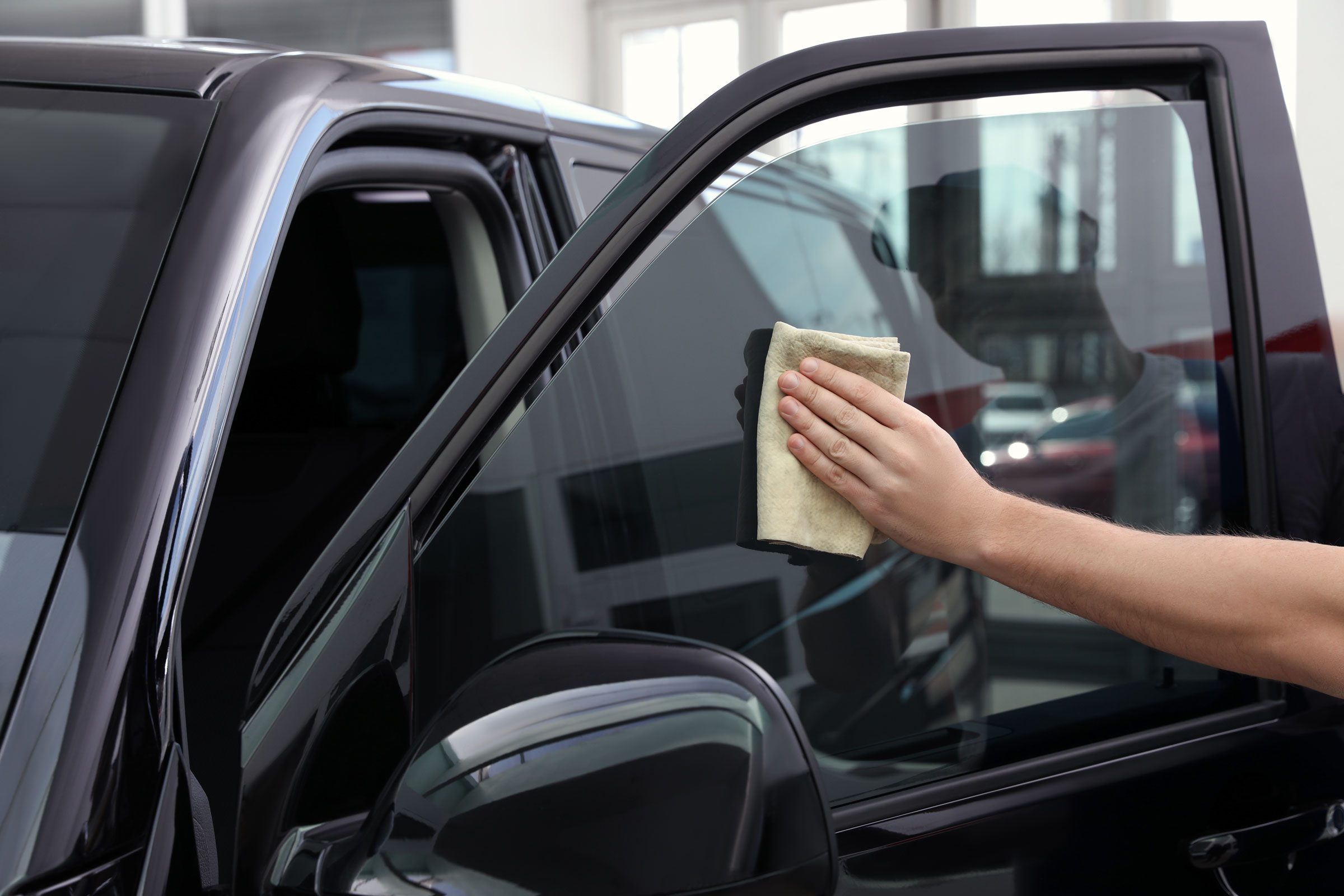Window Tinting Options: Find the Right Shade for Your Style and Needs
Choosing the proper window tint for your vehicle involves a mindful factor to consider of various variables, consisting of personal visual appeals, useful demands, and legal constraints. With choices varying from light tintss that use very little personal privacy to darker shades that enhance privacy, the choices can be frustrating.
Understanding Window Tinting Levels
When taking into consideration window tinting, it is important to recognize the different degrees of tint readily available, as they substantially affect both looks and functionality. Window tinting is categorized based on Noticeable Light Transmission (VLT) percents, which show the quantity of light enabled to go through the glass. The VLT percent can range from extremely light (over 70%) to really dark (below 5%)
The main degrees of tint include clear, which supplies UV protection without changing presence; light tint (over 50% VLT), which somewhat lowers glare while preserving presence; medium tint (around 35% VLT), striking an equilibrium between privacy and light transmission; and dark tint (listed below 20% VLT), giving significant privacy and warmth decrease but limiting external presence.
Understanding these levels is critical as they can influence driving safety, lawful conformity, and individual comfort. Additionally, regional guidelines often dictate allowable tint levels, varying by state or town. Consequently, before selecting a tint, it is recommended to research study and make sure adherence to these laws while taking into consideration individual choices for style and practical benefits.
Popular Tint Shades Explained

Among one of the most popular choices is the traditional dark tint, commonly ranging from 20% to 5% VLT (Visible Light Transmission) This shade offers optimum personal privacy and a sleek, advanced appearance. It successfully obstructs UV rays and heat, making it excellent for sunny climates, though it might restrict visibility during the night.
Alternatively, lighter shades such as 35% or 50% VLT offer an extra refined look while still offering some degree of personal privacy. These shades are perfect for those looking for a balance in between visual appeals and performance, as they permit for much better visibility and abide with different lawful requirements.
An additional emerging choice is the ceramic tint, which can can be found in a variety of tones - window tinting. It supplies exceptional warm rejection and UV protection without considerably modifying the vehicle's appearance

Legal Regulations for Window Tinting
Recognizing the legal policies surrounding window tinting is important for lorry owners seeking to customize their vehicles. Each state in the united state has specific laws governing the darkness or lightness of window tintss, typically gauged by Visible Light Transmission (VLT) percent. VLT refers to the quantity of light that can go through the movie and the glass combined.
In lots of states, regulations dictate various VLT percents for different windowss, consisting of front windscreens, side windowss, and back windowss. For circumstances, some states might permit a color of 70% VLT for windshields while allowing darker tintss for back windowss. Additionally, specific states have constraints on reflective tintss, which can develop glow for various other drivers.
Failure to adhere to these policies can lead to fines, mandated elimination of the tint, and raised insurance coverage costs. Vehicle owners should seek advice from regional laws or state DMV sites to ensure they are within legal limitations before waging setup. Comprehending these guidelines not just aids stay clear of lawful effects yet additionally makes certain a secure driving experience.
Advantages of Different Tint Materials
Exploring the advantages of various tint products discloses substantial benefits that can improve both the performance and aesthetic appeal of a vehicle. Each product supplies unique attributes fit to details demands and choices.
Dyeded window films are prominent for their cost and capability to minimize glare. Metalized films, on the various other hand, deal remarkable warm reduction and UV security due to their reflective residential properties.
Ceramic window films represent a costs choice, supplying extraordinary heat denial while maintaining exposure. They are non-metallic, therefore avoiding any type of signal disruption, and are extremely sturdy, resisting scrapes and fading gradually. Additionally, ceramic films do not include dyes, ensuring a longer-lasting look.
Finally, hybrid films incorporate components from dyeded and metalized alternatives, providing a well balanced performance in regards to warm rejection, glow reduction, and click to read price. Each tint product serves distinct objectives, permitting automobile owners to choose the best suitable for their way of life and visual preferences, ultimately improving their driving experience.
Selecting the Right Tint for You
Discovering the right window tint entails taking into consideration various aspects, consisting of individual preferences, car type, and regional regulations. Initially, assess your individual design and desired level of personal privacy, as these will assist your selection of tint shade. Darker tintss give enhanced personal privacy however might not appropriate for all vehicle drivers, especially those who prefer an even more open feeling why not try this out inside their automobile.
Following, consider your vehicle kind, as the dimension and form of windowss can influence the effectiveness of certain tintss. Larger windowss might profit from reflective tintss that minimize glare while smaller sized windowss may be extra fit to dyeded films that use refined looks.
In addition, it's crucial to check local regulations pertaining to window tinting. Numerous states impose restrictions on the allowed darkness and reflectivity, particularly for front windowss. Conformity with these legislations is necessary to make sure and prevent fines security.
Last but not least, assess the tint material that finest matches your demands. Alternatives include dyeded, metalized, ceramic, and hybrid my blog films, each offering unique benefits associating to warm denial, UV security, and sturdiness. By thinking about these aspects, you can confidently select a home window tint that aligns with your style and practical requirements.
Final Thought
To conclude, choosing the suitable window tint needs cautious factor to consider of various aspects, consisting of VLT percentages, local laws, and the preferred visual. Different tint materials supply one-of-a-kind benefits that can boost vehicle convenience and protection. By extensively recognizing the offered alternatives and aligning them with practical requirements and specific choices, one can attain an optimum balance between style and performance in window tinting selections.
Selecting the appropriate window tint for your automobile entails a cautious factor to consider of numerous factors, consisting of personal looks, useful needs, and lawful restrictions. Each state in the U.S. has particular legislations controling the darkness or agility of window tintss, frequently determined by Visible Light Transmission (VLT) percent. Some states might allow a color of 70% VLT for windshields while allowing darker tintss for back windowss.Discovering the right window tint entails considering various factors, including personal preferences, vehicle type, and neighborhood laws.In conclusion, selecting the proper window tint requires mindful consideration of numerous factors, including VLT percentages, neighborhood regulations, and the desired visual.